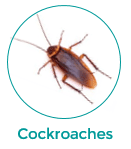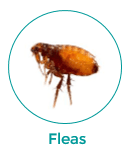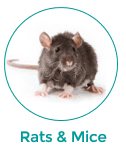Our Services
Optimal results. Minimal pesticide use. Minimal impact to the environment.
our services
What can we help you with?
At Pestgo, we can help you with any pest problem, be it a mouse in the house, cockroaches in the kitchen or termites in your garage.
Our unique health-centred approach delivers optimal results with minimal pesticide use and minimal impact to the environment. Any pesticides that are used are extremely low toxic and safe for your four-legged furry friends. If sensitive pets with fins, feathers or scales are present, extra precautionary measures are taken to ensure their absolute protection.
We are fully licensed and insured and have the experience and expertise to help you resolve, or prevent, any pest problem. We are particularly passionate about termites and our founder and termite expert, Rowan, with over 30 years in the industry, is well known and respected for his depth of knowledge.
We are proudly based in the beautiful Macarthur region and service all areas in the Camden, Campbelltown, Liverpool, Wollondilly and Southern Highlands areas.
We look forward to being of service.











